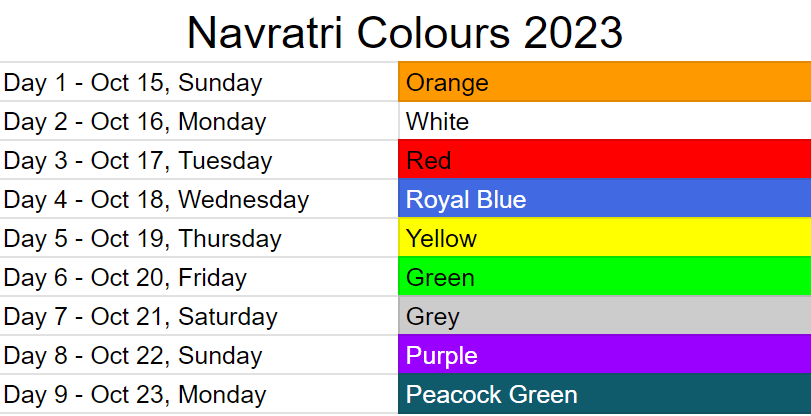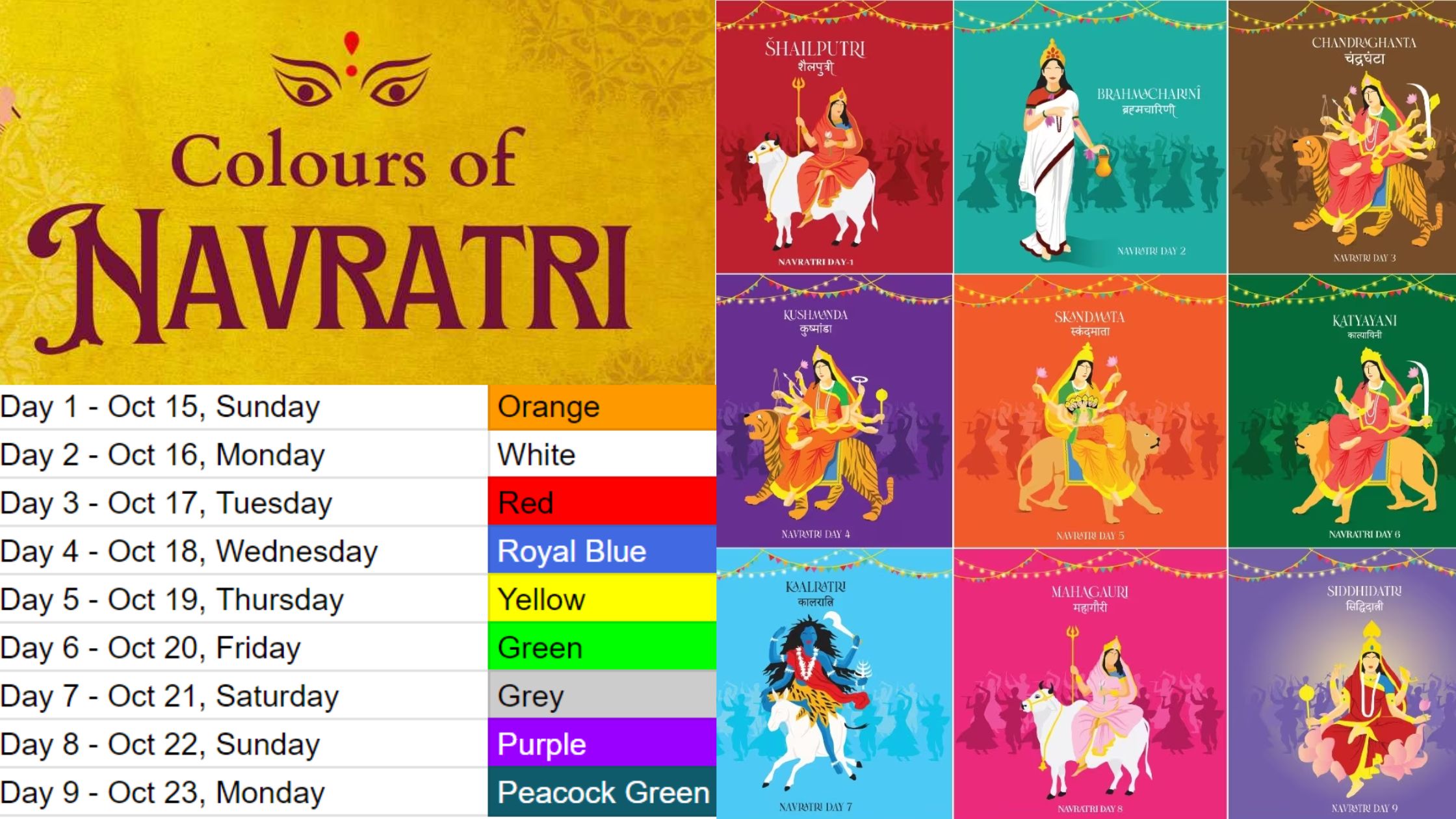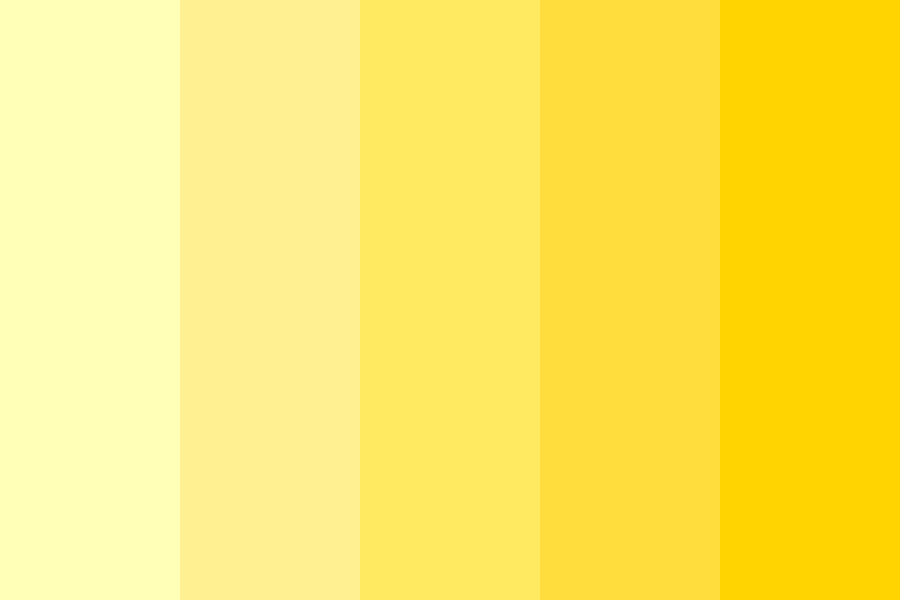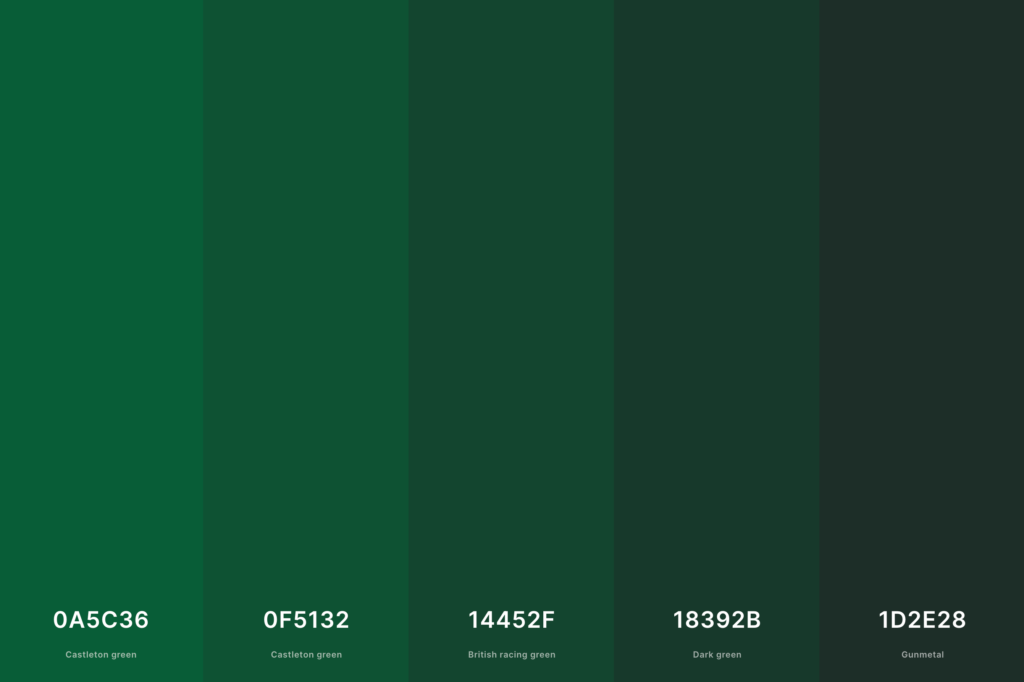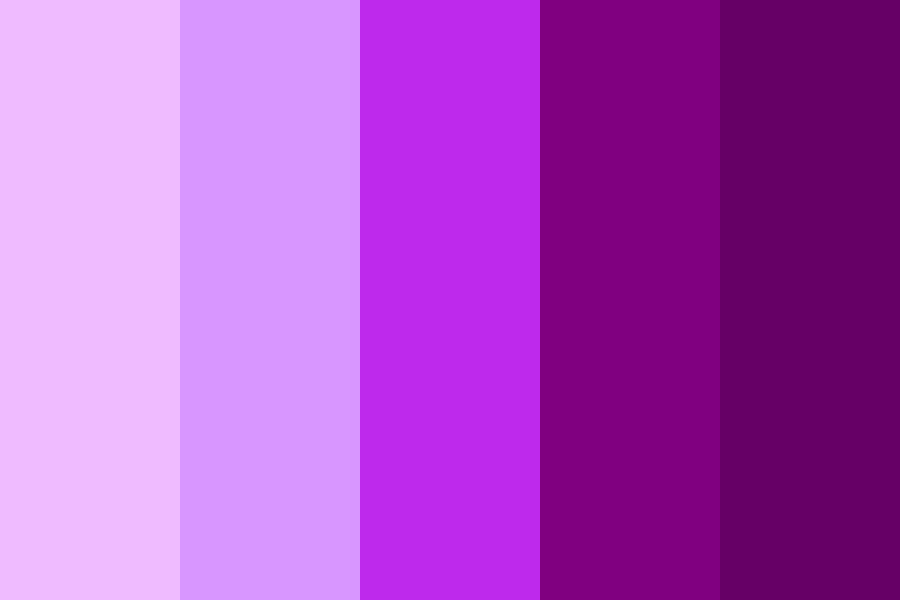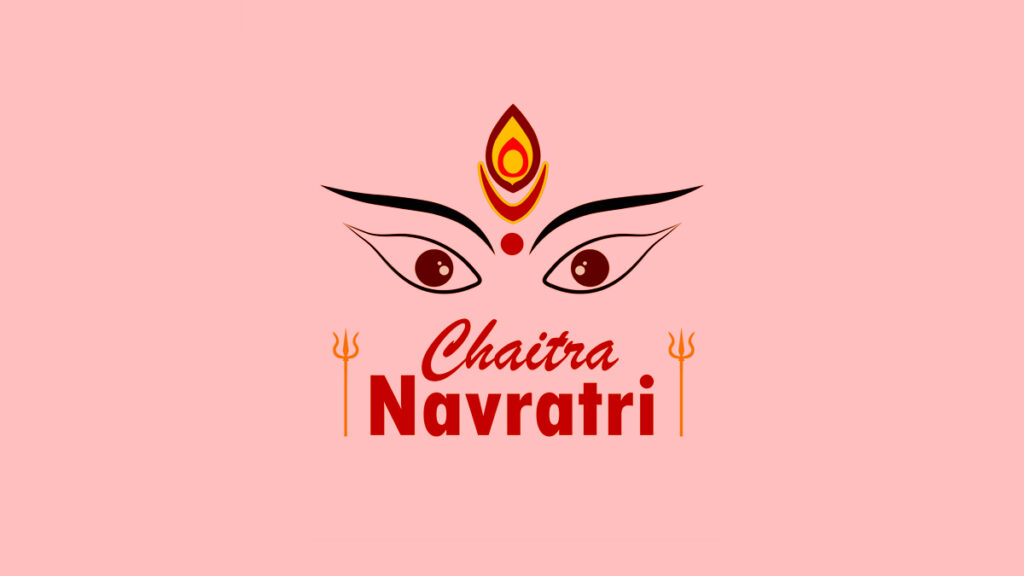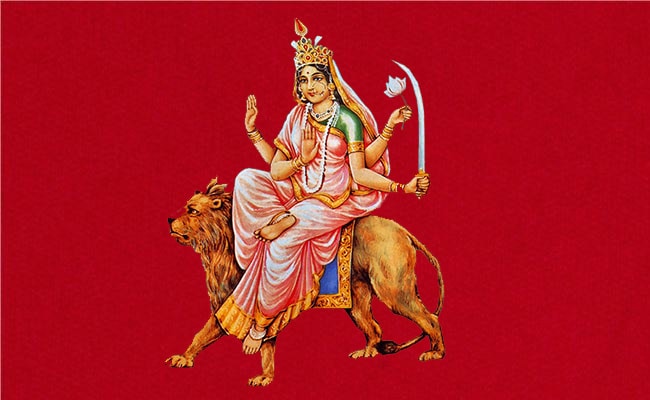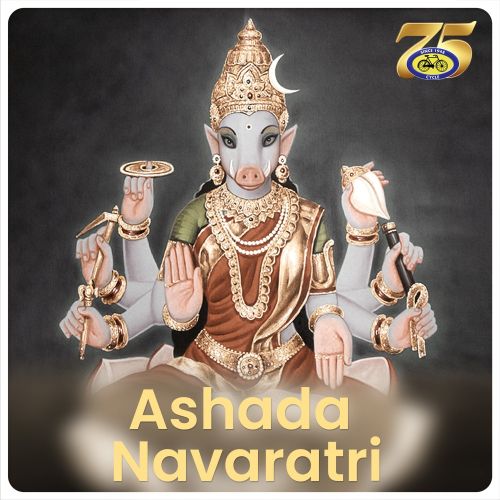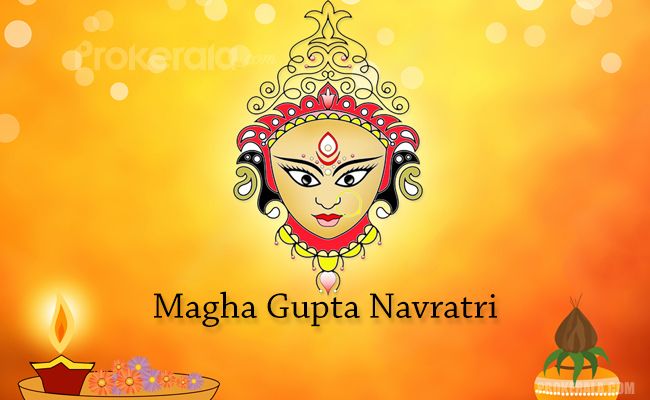Table of Contents
Navratri, a vibrant and auspicious Hindu festival, is celebrated with great fervor and devotion across India. This nine-night festival is dedicated to Goddess Durga and her various forms, each symbolizing different virtues and powers. One of the intriguing aspects of Navratri is the association of specific Colours with each day. During the Sharad Navratri, these Colours held deep spiritual and cultural significance. It is one of the biggest festivals of the country and is known for its colors and gorgeous idols. The nine Colours signify the nine avatars of the goddess Durga. It is of great significance to the Hindus and is a highly celebrated event of Sharad Navratri Celebrations. You may be wondering what Colours of the Navratri will signify which day and which goddesses. Well, wonder no more, this article will throw some light on that topic and will provide clarity about the iconic nine Navratri Colours.
9 Important Colours Of Navratri And It’s Significance
As you can already guess, the Navratri Colours play an important role in setting the environment in these auspicious days. Written below are the Colour of each day in Navratri 2023 with the dates.
- Navratri Day 1 (15 October 2023) – Orange
- Navratri Day 2 (16 October 2023) – White
- Navratri Day 3 (17 October 2023) – Red
- Navratri Day 4 (18 October 2023) – Royal Blue
- Navratri Day 5 (19 October 2023) – Yellow
- Navratri Day 6 (20 October 2023) – Green
- Navratri Day 7 (21 October 2023) – Grey
- Navratri Day 8 (22 October 2023) – Purple
- Navratri Day 9 (23 October 2023) – Peacock Green
Day 1: Orange (Pratipada)
The first day of Navratri is dedicated to Shailaputri, the first manifestation of Goddess Durga. Orange signifies strength and determination, traits embodied by Shailaputri. It represents the dawn of creation and the awakening of nature’s forces. Orange Colour is said to bring happiness and joy and this is the first Colour of Navratri 2024.
Day 2: White (Dwitiya)
The second day is dedicated to Goddess Brahmacharini, an embodiment of penance and devotion. White symbolizes energy and spiritual knowledge. It signifies the seeker’s path towards wisdom and self-realization. It is of great significance to the worshippers and everyone who seeks guidance and wants to walk the path of wisdom.
Day 3: Red (Tritiya)
Goddess Chandraghanta is worshipped on the third day. Red represents excellence and grace. It signifies the Goddess’s serene and nurturing aspect, bestowing blessings upon her devotees. And It is a Colour to signify boldness and elegance and is a way to show bravery. It is the third Navratri Colours of 2024.
Day 4: Royal Blue (Chaturthi)
Kushmanda, the creator of the universe, is honored on the fourth day. Royal blue is associated with power and vigor. It signifies prosperity. It represents the energy that fuels creation and sustains life. What better color is there to suit lord kushmanda more than royal blue. It is one of the most auspicious nights of Navratri, adoring lord kushmanda.
Day 5: Yellow (Panchami)
Skandamata, the mother of Skanda (Lord Kartikeya), is revered on the fifth day. Yellow signifies divinity and depth. It represents the boundless love and protection that a mother provides to her child. That makes the fifth Colour yellow for the day of Panchami.
Day 6: Green (Shashti)
The sixth day is dedicating to Goddess Katyayani, a fierce form of Durga. Green signifies hope and happiness. It represents the triumph of good over evil and the power to overcome challenges. It remains an aggressive avatar of goddess Durga and is one of the most important. In this form, she slayed the devil of Mahisashura. That is the most celebrated victory of Maa Durga and a way to prove that peace will prevail and evil will perish in front of purity.
Day 7: Grey (Saptami)
On the seventh day, devotees worship Goddess Kalaratri, a fierce and protective form of Durga. Green represents growth and auspiciousness. It signifies the nurturing aspect of the Goddess, ensuring the well-being of her devotees. Kalaratri worship as the destroyer of negativity. She is of great worth to the devotees and devotees look up to her to get rid of all negativity.
Day 8: Purple (Ashtami)
Maha Gauri, the graceful and compassionate form of Durga, is worshipped on the eighth day. Purple symbolizes calmness and healing. It represents the rejuvenation of the soul and the restoration of balance. On this auspicious day, little girls are honored as symbols of Maa Durga and are worshipped and celebrated. It is the most celebrated day in West Bengal and is a day when everyone worships goddess Maha Gauri to seek peace and happiness and get rid of all the sufferings of day-to-day life.
Day 9: Peacock green (Navami)
The final day worships Siddhidatri, the bestower of supernatural powers. Peacock green represents spiritual enlightenment and a path to transform upon. It signifies the culmination of the spiritual journey and the attainment of divine blessings. It the last day of Navratri celebrations and is considering to be one of the most important days.
These Colours are not only aesthetically pleasing but also hold profound spiritual meaning. They serve as a visual representation of the diverse forms of the Goddess and the qualities she bestows upon her devotees.
During Sharad Navratri, wearing these Colours, adorning idols and altars, and even decorating homes with these hues is believing to enhance the connection with the divine energies. It fosters a sense of unity and devotion among the devotees, creating an atmosphere of spiritual elevation and joyous celebration.
In brief, the Colours of Sharad Navratri are not just a matter of tradition but a beautiful representation of symbolism, bringing together the various faces of the divine feminine energy. They remind us of the virtues we seek to embody and the blessings we hope to receive during this auspicious festival.
Types of Navratri
The Four Types of Navratri: A Profound Acknowledgment of Divine Feminine Energy!
Navratri, a prominent Hindu festival, celebrates the victory of good over evil and the triumph of the divine feminine energy. This festival is observed with great fervor and devotion in various forms throughout the year. Most people lie under the common misconception that Navratri has only two variations, the Chaitra Navratri and the Sharad Navratri. That is simply wrong as there are four types of Navratri. However, the two most important Navratris are the Chaitra and Sharad ones.
Chaitra Navratri:
Chaitra Navratri, also known as Vasant Navratri, is celebrated in the Hindu month of Chaitra, which usually falls in March or April. It marks the beginning of the spring season In India. During this Navratri, devotees worship Goddess Durga in her various forms over a period of nine nights.
Significance:
Chaitra Navratri is a time of rejuvenation and new beginnings. It is believing that worshipping the Goddess during this period bestows spiritual strength, health, and prosperity. Many people keep fasts, perform rituals, and engage in devotional practices to seek the blessings of the divine goddess Durga.
Sharad Navratri:
Sharad Navratri, the most widely celebrated Navratri, occurs in the Hindu month of Ashwin, which generally falls in September or October. It coincides with the change of seasons, from monsoon to autumn. This Navratri culminates with the grand celebration of Dussehra. This is a national festival and celebrates to a great extent in West Bengal. It is the biggest festival there and is a world heritage event as declared by UNESCO.
Significance:
Sharad Navratri signifies the divine power of feminine energy to destroy negativity and restore balance in the universe. Devotees keep fasts, offer elaborate prayers, and participate in various cultural events, including Garba and Dandiya dances. The festival fosters a sense of community and spiritual growth. AndIt brings unity to a society and helps everyone fight negativity as one.
Ashada Navratri:
It typically occurs in the Hindu month of Ashadha, which falls in June or July. It is the third type of Navratri but is not as famous as the previously mentioned ones.
Significance:
Ashada Navratri is considering a period of inner reflection and spiritual purification. While it may not involve large-scale public celebrations, individuals use this time for personal growth, prayer, and meditation. It provides a quieter, introspective aspect of Navratri.
Magha Gupt Navratri:
Magha Gupt Navratri, also known as Gupt Navratri, occurs in the Hindu month of Magha, which generally falls in January or February. This Navratri is not as widely celebrated as Chaitra or Sharad Navratri.
Significance:
Magha Gupt Navratri is a time for devotees to engage in more private and focused worship. It is a period of spiritual cleansing and seeking the blessings of the Goddess for inner strength and enlightenment. This Navratri observes with simplicity and devotion.
Which are the 9 Goddess Worshipped During Navratri?
Provided below is a simple representation of the goddesses that are to be worshipped on Navratri 2024 along with the days and Colours that signify them. The Navratri Colours are also mentioned along with the names.
Navratri Day 1 – Oct 15, 2023 (Sunday)
Navratri begins on October 15th this year and will start on Sunday. Maa Shailputri is the one worshipping on this day and it kicks of the festive season.
Navratri Colours of the Day – Orange
Navratri First Day Goddess – Maa Shailputri
Navratri Day 2 – Oct 16, 2023 (Monday)
Dwitiya is on Monday ( October 16 ). It is the day of worshipping maa Bramhacharini.
Navratri Colours of the Day – White
Navratri Second Day Goddess – Maa Brahmacharini
Navratri Day 3 – Oct 17, 2023 (Tuesday)
The third form of worshipping of maa chandraghanta on the third day is commonly knowing as Tritiya.
Navratri Colours of the Day –Red
Navratri Third Day Goddess – Maa Chandraghanta
Navratri Day 4 – October 18, 2023 (Wednesday)
Maa kushmanda or the creator of the universe worshipped on this day and is one of the most important Navratri days.
Navratri Colours of the Day – Royal Blue
Navratri Fourth Day Goddess – Maa Kushmanda
Navratri Day 5 – Oct 19, 2023 (Thursday)
The fifth day of Navratri is signified by worshipping the goddess skandmata. It is an important navratri day and is signified by the colour yellow.
Navratri Colours of the Day – Yellow
Navratri Fifth Day Goddess – Maa Skandmata
Navratri Day 6 – October 20, 2023 (Friday)
From this day in Durga Puja, vacation starts in a lot of places as this kicks off the true essence of Durga Puja in a partial way. The main festival starts from the next day. Among the places that celebrate Durga puja in the grandest way, west bengal tops the list.
Navratri Colours of the Day – Green
Navratri Sixth Day Goddess – Maa Katyayani
Navratri Day 7 – October 21, 2023 (Saturday)
The kickoff of the main essence of Durga Puja starts here and is the true core festival of Navratri. It is the seventh day and is signified with gray.
Navratri Colours of the Day – Gray
Navratri Seventh Day Goddess – Maa Kalaratri
Navratri Day 8 – October 22, 2023 (Sunday)
It is an auspicious day of worshipping the goddess Maha Gauri. It also the most celebrates day in Navratri in West Bengal where it call Ashtami.
Navratri Colours of the Day – Purple
Navratri Eighth Day Goddess – Maa Mahagauri
Navratri Day 9 – October 23, 2023 (Monday)
The last day of Navratri where the continuous worship ends with a puja of Maa siddhidatri. It is an important day for Navratri.
Navratri Colours of the Day – Peacock Green
Navratri Eighth Day Goddess – Maa Siddhidatri
In conclusion, Navratri in its various forms serves as a powerful reminder of the strength and nurturing energy embodied by the divine feminine. Each type of Navratri offers a unique opportunity for devotees to connect with the Goddess and seek her blessings in different ways. Whether through vibrant public celebrations or quiet personal reflection, Navratri is a time of spiritual growth and renewal.



